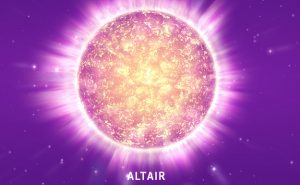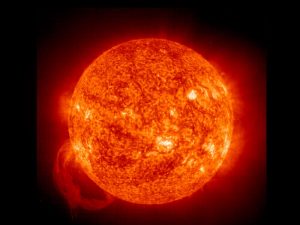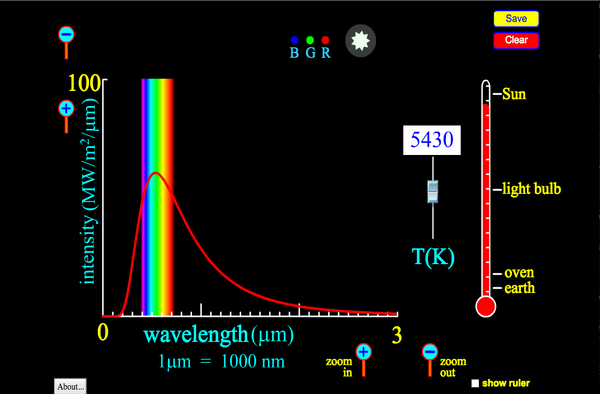1.This was the first assignment I did for this class and looking back at it really makes me laugh, and cringe a little. Let me explain. The first part of this essay involves me trying to define the problem of feeding 9 billion people. Something that I believe to be very important when addressing any problem; however, reading this again, I think I might have gotten a little carried away in trying to clarify something that was probably pretty clear to being with. Now I would just say that feeding 9 billion people just means that every person receives enough nutrition to be a productive and healthy member of society. The next part of the essay involves me trying to explain what I believed to be two of the most significant barriers to feeding 9 billion people and, that was capitalism and eating animals. The reason I believed this to be true has a lot to do with the type of content I used to listen to when I was 18/19. I listened to a lot of lectures by a man named Terrence McKenna, who was a humanitarian and a political activist that cared a great deal about the fate of this planet and, who would often point out some of the many faults of western society. One of the things he used to say, that really affected me was “there isn’t enough heavy metals, plastic, or petroleum on this planet for everyone to live like a middle class Californian”. Was he right? I don’t know, but given a quote like this you can see where I got my “western civilization is a loaded handgun pointed at the head of the planet” attitude from and, why I decided to label capitalism and eating meat as the biggest obstacles to feeding 9 billion people. Because I believe that western behaviors, like eating meat and capitalism, contribute a great deal to the misuse and waste of the earths natural resources. That’s why the two pieces of evidence I found for this class, (which can be found on this website, near the end) are used to support my opinions against eating meat and capitalism (one for each).
On a related note, the issue of capitalism is actually something I brought up in one of our class discussions, when a woman who worked for co-op came in to talk to our class. She said that co-op was making an effort to have their unsold food donated to a food bank. Then she said that their competitors, Safeway, did not want to initiate a similar program. I suggested that maybe the reason that they didn’t want to create such a program is because it would be bad for business. I don’t remember exactly what she said but I think she agreed that it was possible one of the reasons Safeway didn’t want to donate their unsold food was because they would risk losing money. That being said, some of the things I learned this semester that contributed to the way I view capitalism came from doing a structured controversy assignment with two business students. So, if you scroll down to the next post, you can read about what I learned during that assignment. Then, in the comment section of that post, I will continue to explain my opinion about capitalism and its role in feeding 9 billion people. Other than that, the second part of my original opinion about how to feed 9 billion people, the part about eating meat, will be explained in greater detail in some of the evidence I found this semester. Which as I mentioned earlier, is also posted to this website.
Doing this assignment allowed me establish a clear opinion on the issue of feeding 9 billion people. I could then go back to this assignment and look at my original opinion and see how much its changed since the start of the year. I believe this was useful because it allowed me to see how my ideas changed since the start of the year and to identify the factors that might have influenced these changes like, new information I learned that related to the original opinions I had and, the skills I learned for evaluating and discussing evidence. I definitely think that writing about my ideas on how to feed 9 billion people early on in the class helped me to monitor my learning and the development of my ideas and, this is something I would definitely consider doing in other inquiry based learning classes or simply, just to help me learn about any other complicated issue I might be interested in exploring.
2. This is the second assignment I did for this class. The purpose of this assignment, was to work in a group of 2-3 people and pick a topic that was related to the issue of feeding 9 billion people. After we picked our topic, we were supposed to come up with a be it resolved statement about or topic, which is basically, a controversial statement. The reasoning behind this assignment, is to prepare you for an issue that comes up a a lot when dealing with the global challenge of feeding 9 billion people. That issue is, trying to determine what to do or what to decide when you have a unclear or unsubstantiated claim about how to feed 9 billion which, includes multiple perspectives.That’s why being able to find and evaluate evidence is so important. I began to understand this a lot better the longer I spent thinking about the problem of feeding 9 billion people. I realized that the potential solutions for this problem are never perfect and, they contain many positive and negative consequences that vary dramatically between different groups of people and people with different perspectives. The unpleasant reality of dealing with a problem like feeding 9 billion people is, that we are going to have to make some very, very tough decisions, that will undoubtedly be controversial. That’s why it’s vital that we, as a global community, go into these debates with as much relevant information as we possible can, in the hopes that through the process of debate, the best solution will reveal itself. Looking back, I appreciate the value of being part of an activity like this and although I didn’t realize it at the time, I understand now why it’s so important to the issue of feeding 9 billion people. That being said, I did not have the same understanding when I first did this assignment and that’s why, this is the revised edition. When I first did this assignment, the evidence and arguments I made were only very loosely related to the issue of feeding 9 billion people, something that was pointed out to me by my instructor. So, when I went back to do this assignment again, I made sure that the evidence I used was relevant to the issue of feeding 9 billion people.
So now, let me just briefly discuss evidence provided in this assignment and how it relates to my original opinion on feeding 9 billion people. First off, I thought that this would be a really good argument for this assignment because it has a lot to do with the issue of ethics and its something I feel personally affected by. I did a fair amount of research before I made this argument and, I was pretty shocked by some of the things I learned. That being said, I’m probably not going to be drinking as much milk in the future but, if you don’t believe me, or the sources I quoted in my assignment, I would highly recommend looking it up for yourself. Anyways, the thing that really bothers me the most about this, is being lied to. I remember seeing those milk commercials on TV all the time, they would play them on almost every station and honestly, I’ve probably seen them over a thousand times. So that’s why, for most of my life, I really thought milk was good for you. I don’t know how to explain it, but there’s something about growing up and realizing how many lies you’ve been told that really makes you start to distrust and question the society you live in. I know I’m young, and I still have a lot to learn about the way the world works but, I genuinely believe that capitalism is doing serious harm to our society and is also one of the biggest barriers to feeding 9 billion people. Look what happened right here in North America. A wealthy food production company was able to convince us, and our government, that their product was not only safe but, an essential part of a healthy diet and, as a result, almost everybody in Canada and the US drinks milk and have been for decades. Think of what our society would look like if we would have invested all that advertising money in healthier and more sustainable ways of producing foods with vitamin d and calcium and, there are definitely ways of doing this, I found that out while doing research on why milk is bad. I guess the point I’m trying to make is, that people who have powerful roles in society, such as producing food for a large number of people, are usually more concerned with protecting and sustaining their positions of power then they are about the well being of the people they are providing a service for. That’s why for me, one of the biggest concerns with the issue of feeding 9 billion people still is, how do we ensure the people who are entrusted with important roles in providing food for people will act ethically and in the best interest of the people?
In one of the pieces of evidence I collected for this class, I provide an alternative model for modern day capitalism, called the Venus project. The Venus project was founded by a man named Jacques Fresco,who introduced the idea of a resource based economy and, I’ll talk about this more in the comment section of that post.



